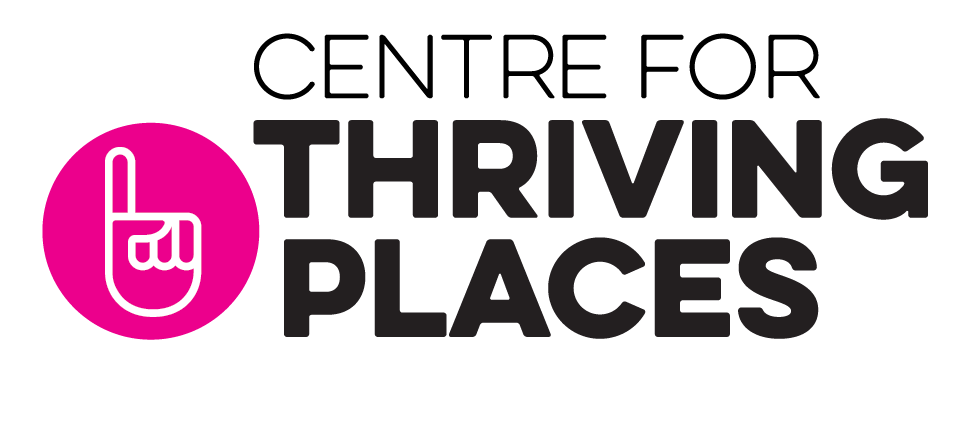How to use the Thriving Places Index
The Thriving Places Index (TPI) is a flexible tool which can add value to both existing work and new initiatives, in particular for local authorities and their partners, including local anchor organisations and the voluntary sector.
A new strategic framework for change
The TPI framework offers a new way to think about and change policy emphasis, in particular if you are seeking to move to a more interconnected model of local prosperity with wellbeing and fairness at its core. It’s a conversation starter and sense-making tool for stepping into this new measurement territory.
It enables you to:
- Look at wellbeing in the round rather than simply in a health context - it shows the broader, holistic reach of wellbeing when you place it at the centre of what you do;
- Consider more traditional economic factors while asking explicit questions around sustainability and equality that you might not normally cover
- Create a shared focus and narrative in complex multi-stakeholder projects; for example whole change processes on a geographical scale with a strong focus on cross-sector working and ‘greater than the sum of the parts’ approach has the challenge of how to embed a different focus (wellbeing of current and future generations) into HOW a place thinks and works. The TPI is a new set of measures that can act as a compass for that work.
If you are a two tier county council, then you can use our second tier scorecards to identify patterns of wellbeing across the districts in your area. Combined authorities can use the TPI to compare differences and similarities amongst member local authorities.
A practical and flexible tool
The TPI can also help you get beyond the conversation to TAKE ACTION, in the following ways:
- The core framework and scorecard acts as a top level road map, under which your own local context and ‘dive deeper’ indicators can sit - enabling you to marry high level robust and consistent data with local outcomes.
- The core framework and scorecard is accessible, understandable and a useful addition to a wider ‘local data dashboard’ or similar initiative, for example an outward facing annual assessment of progress.
- If you are investing in a cross-cutting longitudinal piece of work - for example to support health and wellbeing across communities, with a particular focus on inclusion and community cohesion, then the relevant sub-domains in the TPI can be used to link your impact to wider outcomes.
- The TPI also supports Joint Strategic Needs Assessments by providing pockets of indicators to provide a wellbeing context to, for example, mental and physical health, basic needs or children’s education.
Complementing other national data sets
The TPI can be used alongside the Index of Multiple Deprivation (IMD). The IMD offers an authoritative assessment of areas in the UK that experience deprivation. The TPI is not intended to replace the IMD but it offers a more asset based approach to comparing places. It helps identify thriving places, instead of focusing only on deficits.
The Local Conditions element of the TPI correlates strongly with the IMD, but there are divergences. These are often where the TPI uses more unusual, less mainstream indicators, for example, in the People and Community domain, or our Local Business indicator within Work and Local Economy. However the TPI can also pick up differences in relatively standard areas of policy such as learning, and physical and mental health. And of course, the Sustainability and Equality headline elements are distinctive to the TPI and can be used to map links between poverty and environmental issues.
A rich data resource
The TPI is at its heart a rich seam of data. That data has been brought together in such a way that supports researchers, academics and policy makers really dig into the complex factors that lead to thriving places. In order to produce the TPI in England, we collect raw data for all 62 indicators (44 for second tier LAs). This raw data then goes through a transformation process to arrive at 0-10 scores for the TPI scorecard. However we retain all the raw data and hold a raw data set for each of the 351 English local authorities.
Please contact us at thrivingplaces@happycity.org.uk if you are interested in purchasing our raw data or discussing how Happy City can to support and enable your work.

